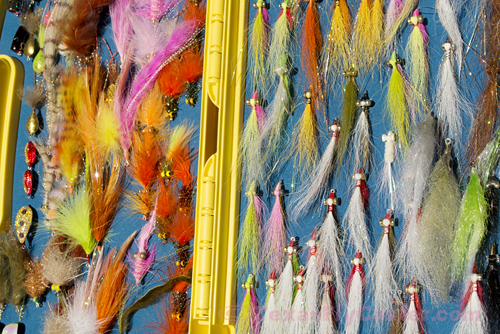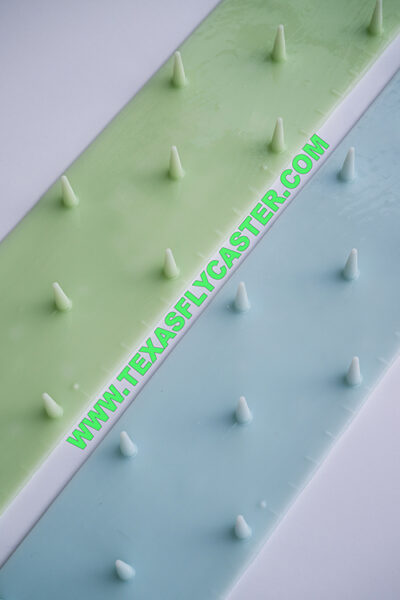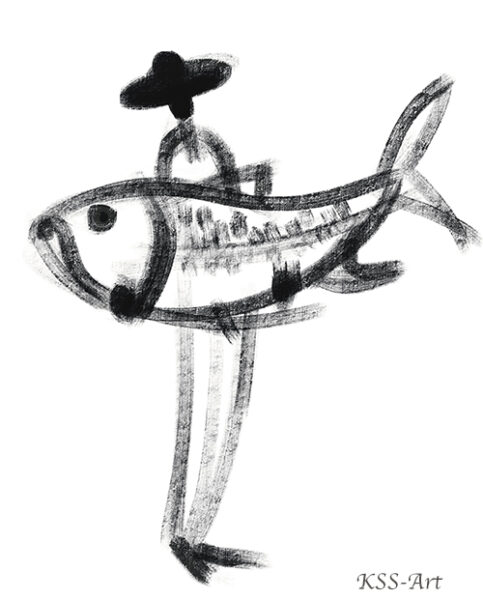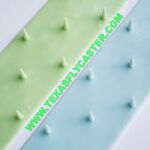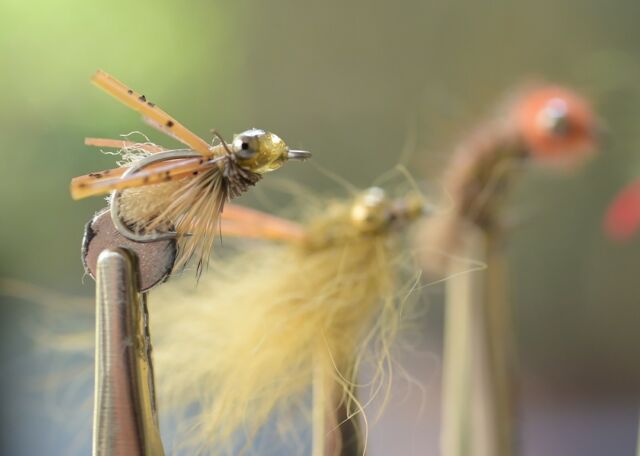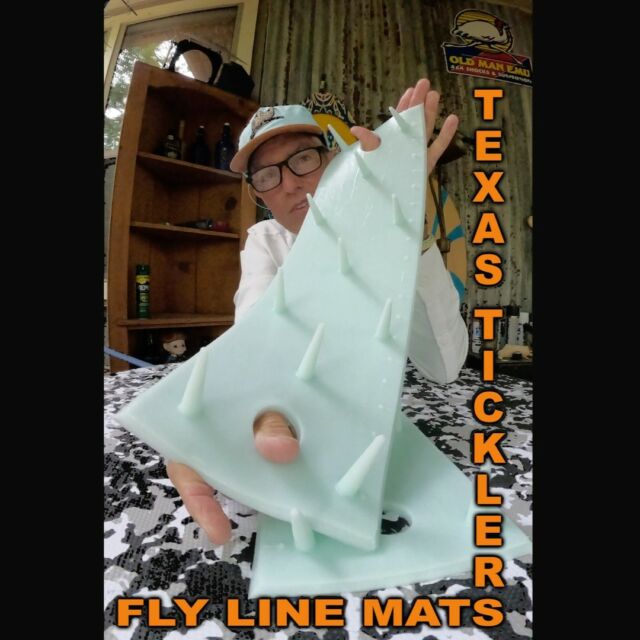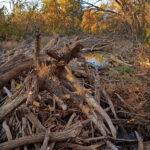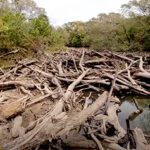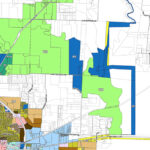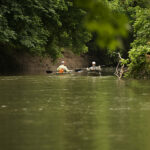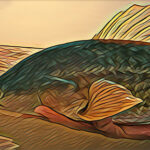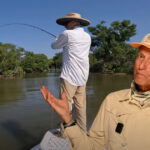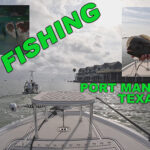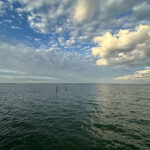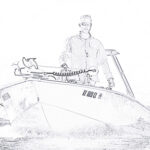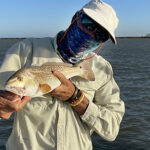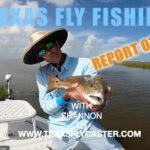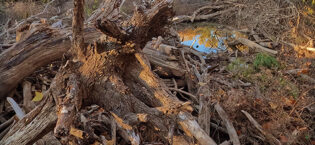Fly Fishing Matagorda – Jetties Fly Fishing
Rather than load everyone up with all the types of fishing you can do in a place like Matagorda, Texas, I thought I would break it down into it’s essential components – components you will find at just about every stop along the Texas Gulf Coast.
Jetties fly fishing is one of the most interesting types of fly fishing easily available, on foot, in saltwater. The reason being; at any time you can actually come across ocean fish, like Spanish mackerel, shark, grouper, mangrove snapper and a plethora of other fish that just happen to be in the mood for your fly passing by.
Depending on the conditions, jetties fishing can be pretty easy on your gear and special gear needs as well. The jetties at Matagorda are very civilized and it appears, unlike most jetties, the blocks of granite were carefully placed to form an even, flat surface along the top, a slope, and then another flat surface on the channel side.
Last weekend, the wind was coming out of the south, and because of the geographic positioning of Matagorda, that meant a direct onshore wind that was blowing seaweed in by the ton. However, along the channel, there was little seaweed, and conditions were optimal.
FOR THE GEAR HEADS
I was starting off a bit “fresh,” and decided to throw my Sage Z-Axis ten weight to get a little morning exercise and distance. Double hauling is essential to move heavy line like this, and it brings additional wind cutting and distance, once you get grooved. The Z, along with my Tibor reel – are the same combination that landed that behemoth Louisiana red back in February, so I have a pretty good idea of what it can handle.
You should consider yourself in an extreme sun exposure situation. Fast drying synthetics, Buff and complete coverage will help you go the distance if you are just starting your adventure. It sucks to get laid up due to an avoidable sunburn. Buff gloves, long sleeves and a wide brimmed hat are your skin’s friends. The same rays that come down, bounce right back up off the water and onto your wide brimmed hat covered face.
Footwear is the most important decision you will make before you hit the jetties. The first time I hit an unknown jetties, I err on the side of tungsten spiked boots, or metal spikes of some kind. They will take you from a slithering, sliding fool, to a full time four-wheel-drive, with their amazing grip and ankle support. Flip-flops, and casual beach shoes are a recipe for disaster. I saw a flip-flopped conventional fisher slap the jetties at South Padre Island, Texas, with the back of his head the last time I fished there. Luckily, he landed just right and was young and strong enough to keep his head from hitting the rock.
Analyze the conditions closely as you approach the jetties. Is the water washing over them? If it is, that’s a red alert. If it’s not, then proceed while avoiding wet spots whenever possible. If it’s wet, it’s slippery. Know your tides. You could go out dry and come back wet as well!
Place your gear well away, and above the water line. Rogue waves, which I have experienced on jetties, are always a possibility. It’s not worth the convenience of having your gear right next to you, and having it wash away instead.
NUANCES OF JETTIES FLY FISHING
I may be a bit slow on the uptake, but I have begun to distill some little detailed nuances that can save you a lot of heartache and expense when fly fishing on jetties. It’s very easy to cut fly lines, lose flies, shred leaders and more …
There are a lot of ways to manage your line when you fish on the jetties, but I have found if that I pay close attention to where I want my stripped line to fall, frustration fades away. I find the biggest flattest granite that I can. Then instead of hanging ten off the front of the rock, I back way off so that there is no question the line will fall safely on a piece of granite – not in the cracks, and not in the wave action. If you are expecting some less friendly jetties, take a beach towel, get it wet and lay it down where you expect your line to fall. That works well on rocks, boats and all kinds of locations.
Nine foot leaders are a must, and this is the place for straight fluorocarbon at 20 to 25 pounds. The abrasions and toothy fish will make you glad you chose tough leader material. It’s not much of a problem to fish floating line on the jetties, but you have to stick with it – pay attention to the line and don’t answer the phone while stripping. If you do, slack can wrap into rocks, or the fly can quickly sink into a rock snag. On a floating line, the leader length, and the fact it is sinking fluorocarbon, are important because they help follow the contour of the structure – deeper to shallow.
Sinking lines are always an option, but it really depends on the depths you are dealing with. Believe it or not, a lot of jetties don’t have extreme drop offs into the abyss. And at Matagorda, the drop off on the channel side appears to be extremely gradual with the visible currents running a good sixty feet offshore. If you run a sinker there, you’ll be dragging bottom all day. Of course you should check all levels of the water column if you are having trouble hooking up, but chances are you will be leaving a lot of flies behind if you start with a sinker.
Clouser flies are a great start, and saltwater colors make the most sense. Look around as you are walking to your spot on the jetties, and see what dead bait has been left behind by fishermen, watch the gut between rocks and current for bait schools. How big? What color? How fast are they moving? (You want to retrieve a bait pattern at cripple speed during periods of high activity.) If you flavor your Clouser ties with gold flash, you are already at least half in the game. Gold pretty much rules in the salt.
On the jetties at Matagorda, conditions are about the best I’ve ever seen on a little jetties, and not only is it a relative smooth, flat walk along the top … there’s another layer of almost perfectly laid granite at water level on the channel! You can, depending on tide (use common sense), stand on that lower shelf, backcast easily over the top of the jetties, AND LET THE LEAD FLY. (Eyes open. Always watch your backcast for bright white human iterlopers.)
Fan your casts, but start by casting as parallel to the jetties as possible – both directions. This helps you pattern what the currents are, and if you’re lucky – which way they’re feeding. If you get past that, then start fanning outward. Varying the strip speed will also begin to help your patterns form.
On Matagorda, we were seeing a lot of bait and fish action as the incoming tide reached peak. As it sometimes goes, it didn’t really translate into fish very well. My fly was getting ticked quite a bit, but not enough. I did manage a first Spanish mackerel, or “smack” as they are commonly called, but not much else. I didn’t see another single fish caught by anyone else along the jetty, so I considered myself fortunate that morning.
To be continued …
Category: Clothing, Equipment, Fishing Reports, Fly Lines, Fly Rods

